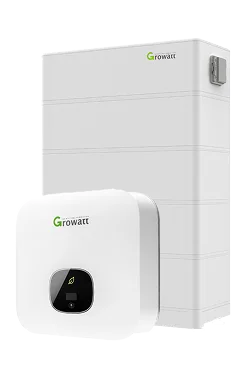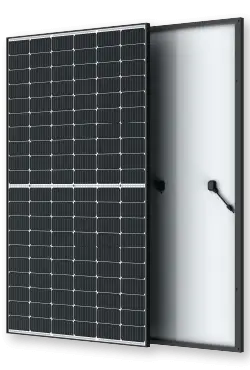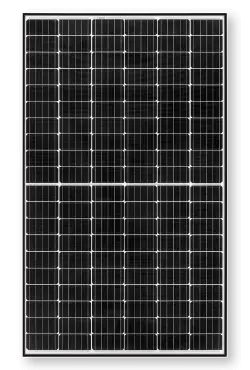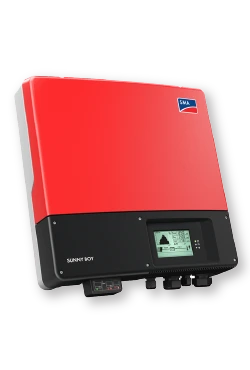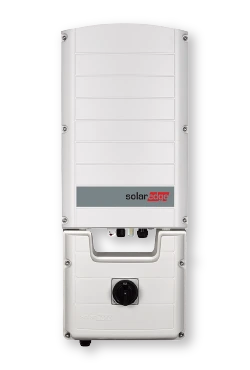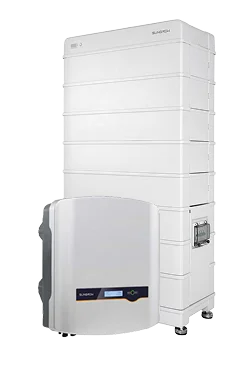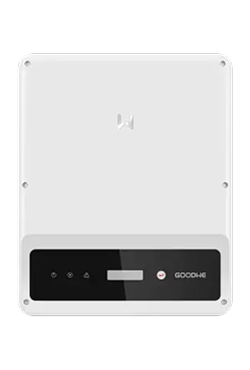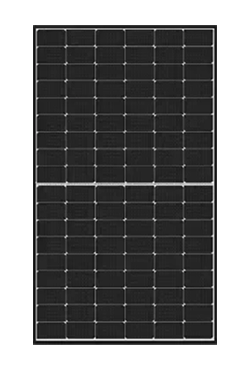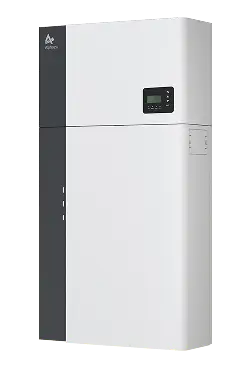
Federal Battery Rebate 2025: Expand Your Existing Solar Battery & Save

28 August, 2025.

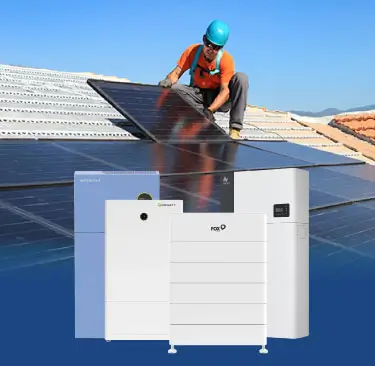
For existing solar battery users, the federal battery rebate of 2025 is revolutionary. What is the deal about this cheaper home battery program? Eligible households, businesses, and property managers will all be able to enjoy energy independence and reduced electricity costs. Yes, existing solar battery owners can upgrade their systems and still receive the rebate. Here is more you need to know.
Eligibility Rules for Expansion
Who Qualifies?
For the battery expansion rebate, existing users, be it in VIC, NSW, SA, or WA, must qualify and meet the following criteria:
- The solar battery system must not have ever submitted a rebate claim
- The total capacity should not exceed 100 kWh, and the additional capacity added must be at least 5 kWh
- The entire system must be a CEC-approved battery, as defined by the California Energy Commission
- The entire system, including both new and existing capacity, should be rectified by the installation
Why Expansion Makes Sense in 2025
The solar battery expansion in 2025 makes sense in every way. The several reasons are:
- With the increasing adoption of electric vehicles and new appliances, electricity demand is expected to surge. This is where solar battery expansion helps to meet this demand while reducing fossil fuel reliance.
- Another reason for this expansion is that it is often cheaper compared to replacing the entire system.
- Since it offers a substantial incentive, it reduces the payback period, making expansion an affordable choice.
Challenges with Older Battery Systems
Earlier, older battery systems in Australia faced several challenges. Some of which were:
- Disconnected models like LG Chem, early BYD, and Powerwall 1 were difficult to integrate with existing solar panels due to variations in functioning and design.
- Retrofitting older systems was costly due to system redesigning, rewiring, and specialized labor. As a result, this also made solar maintenance a challenge.
- Another challenge faced was finding compatible modules for the modular battery upgrade.
Best Battery Systems for Expansion
Be it for residential or commercial applications, modular and stackable battery systems are an ideal choice. They not only offer flexibility for growing energy needs but are also cost-effective.
To expand the battery system, some of the popular and compatible options are:
- Growatt Battery : It has a modular design, which makes it easy to upgrade. Having high efficiency helps to expand the energy storage system.
- Neovolt Battery : It offers reliable performance and can be expanded as needed. It is suitable for both residential and commercial setups.
- Sungrow Battery : It comes with strong compatibility with hybrid inverters and flexible capacity options. This allows for seamless integration and expansion.
- Alpha ESS Battery : With a long lifespan and advanced energy management features, this is another good choice. It has a modular design that allows for easy expansion.
Can't wait to expand the battery system in Australia? When adding more modules to your battery system, keep in mind that they will usually perform at the same level as the system's oldest battery. While compatibility and peak performance are guaranteed, the efficiency of newer modules may be constrained to match that of older ones.
Mixing Battery Brands – Risks & Workarounds
Mixing battery brands isn't as easy as you may think due to many reasons, including :
- If you come across problems like incompatibility, monitoring issues or management, then know that it could be due to mixing batteries. This is because the features of the batteries differ, and so does their voltage compatibility.
- One can prefer sub-board wiring when redundancy is the focus. This is because it allows isolating individuals as well as groups of batteries. However, verifying the battery's compatibility with each other, as well as the solar inverter, is still suggested.
AC-Coupled Expansion Option
You might have reached here because you are already aware of the federal battery rebate, Australia's new program. If expansion is your target, even if you have older solar-only setups, then read until the end.
- One of the best options is the AC-coupled battery inverters. The one with older solar-only systems can expect to receive seamless integration. A few common choices include split-phase, three-phase, and single-phase low-voltage AC-coupled inverters.
- When you rely on it, the need to replace the existing PV system becomes unnecessary. One can add energy storage without any hassle. Wondering how solar batteries work? Well, they work by charging batteries for use at night or during blackouts. For this, they use the excess energy generated during the day.
- However, be careful to get your utility company or network provider's consent before installation. For instance, make sure the installer is accredited by Solar Accreditation Australia.
Step-by-Step Rebate Claim Process
To claim the federal battery rebate 2025 for solar expansion, here are the steps you must follow:
- 1. First, make sure your system satisfies the requirements. For this, get in touch with an installer who has been accredited by the Clean Energy Council (CEC).
- 2. Next, the installer will perform a system compliance check to confirm that the battery configuration complies with electrical and safety standards.
- 3. The installer will then recertify the entire battery arrangement. This is done to attest to its safety and conformance with the most recent regulations.
- 4. Following re-certification, the installer will create Small-scale Technology Certificates (STCs) based on the battery's usable capacity. The next step is to submit the rebate application through the Small-scale Renewable Energy Scheme (SRES) registry.
- 5. Lastly, a 30% upfront reduction will be provided when the refund amount is subtracted from the overall cost. To get a free evaluation, you can contact Fortune Solar.
Example Cost & Savings Scenario
To help you understand better, here is an example of cost and savings:
- Assume that the average cost of a 10 kWh battery system is $11,150. Also, the usable battery capacity is $348 per kWh.
- The rebate would be: $3,480 (10 kWh × $348/kWh)
- The net cost after rebates will be: $7,670 ($11,150 - $3,480)
- This enables yearly electricity cost savings of $700 to $1,500, depending on electric usage and rates
- Besides, one can enjoy approximately a 91% return on investment over 7 years
FAQs
-
1. Besides, one can enjoy approximately a 91% return on investment over 7 years
Yes, you can expand the battery system if you meet the eligibility criteria for additional batteries.
-
2. Do I need a new inverter?
You do not necessarily need a new inverter if you are expanding your existing solar system.
-
3. Will expansion affect my warranty?
The expansion of warranty depends on the manufacturer and the installer. Therefore, it is essential to consult beforehand.
-
4. Can I claim a rebate on a used battery?
No, the federal battery rebate 2025 scheme only applies to brand-new battery systems. The rebate is not for used or refurbished batteries.
Choosing the Right Installer
Just choosing any installer for the battery rebate in Australia isn't a wise decision. The reason behind this is:
- CEC certification is crucial because it guarantees adherence to industry standards for performance and safety.
- Similarly, you must collaborate with installers like Fortune Solar who have expansion experience. They can handle the challenges of integrating new parts with pre-existing systems.
Conclusion
Are you eager to begin making the most of solar energy? Well, then:
- To boost your solar system's capacity at a lower cost, utilize the battery expansion rebate.
- Consult a CEC-accredited installer for a free, no-obligation quote. This step helps to find out how you can optimize your energy independence and savings.
So, take your first step towards a sustainable future with solar energy expansion in Australia.

Brands We Install
Harness Renewable Energy and Reduce Carbon Footprint
Power Up
Your Savings


